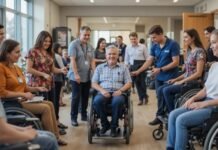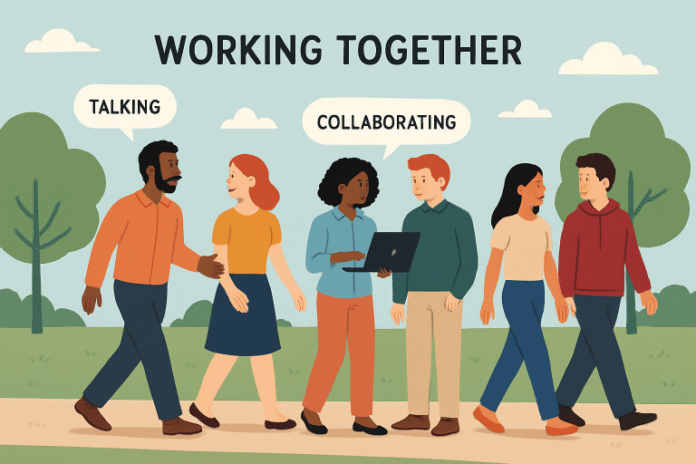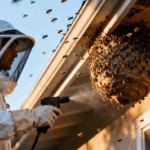Table of Contents
Key Takeaways
- Resilience and social connections are vital for personal and community well-being.
- Engaging in community activities and volunteering can enhance social bonds.
- Digital platforms offer opportunities for connection but should be balanced with face-to-face interactions.
- Physical activities and shared experiences contribute to building resilience.
As our lives become increasingly fast-paced and interconnected through technology, the foundations of resilience and meaningful connection are more essential than ever. Holistic well-being—both for ourselves and our communities—relies on nurturing robust relationships, developing coping skills, and engaging in supportive environments. For more information on strengthening resilience and community bonds, explore resources designed to empower individuals and groups alike. Building these connections is not only vital for thriving through personal adversity but also for collective growth and mutual support.
The interplay between personal resilience and social connection shapes the foundation for communities that flourish. The following sections address practical strategies and the importance of integrating digital, physical, and volunteer activities to support lasting resilience in today’s dynamic world.
The Importance of Social Connections
Humans flourish in social environments. Research highlights that people with strong social networks often experience lower stress levels, improved mental health, and longer lifespans. According to the Centers for Disease Control and Prevention, social connectedness plays a significant role in reducing the risk of anxiety and depression while boosting overall happiness.
Community-driven activities, from neighborhood clean-ups to book clubs and team sports, allow individuals to connect authentically and share experiences. These activities make it easier to form new friendships and cultivate lasting bonds. Local initiatives invite participation and foster inclusion, helping both newcomers and longtime residents find common ground.
Volunteering: A Pathway to Connection
Volunteering is a transformative way to simultaneously help others and enrich your own sense of purpose. Whether working in a food bank, mentoring at-risk youth, or supporting local environmental efforts, these shared commitments inspire trust and belonging. Studies from AmeriCorps demonstrate that volunteering not only supports those in need but also deepens the mental and emotional well-being of those providing help, often leading to personal growth and new friendships.
Through volunteer projects, individuals often forge deep connections with like-minded community members, creating a support system that builds resilience in the face of challenges.
Balancing Digital and Face-to-Face Interactions
Technology has revolutionized the way we communicate. Social media and messaging apps enable us to remain in touch across distances, but they can never replicate the nuanced and multidimensional nature of face-to-face meetings. Intentional in-person interaction—such as regular coffee meet-ups, group workouts, or attending community events—sustains deeper emotional bonds and supports mental health.
Striking the right balance means harnessing digital platforms for convenience and accessibility while prioritizing meaningful real-life connections that sustain emotional well-being.
Physical Activity and Shared Experiences
Group exercise and recreational activities offer dual benefits: they bolster physical health and sow the seeds for new relationships. Whether hiking local trails, joining community yoga sessions, or participating in team sports, these experiences help reduce stress and foster a sense of solidarity. According to Harvard Health Publishing, social engagement in physical activities can also play a significant role in maintaining cognitive health, particularly as we age.
Shared goals and group achievements foster camaraderie, making individuals feel part of something greater than themselves, a cornerstone for both resilience and happiness.
Creating Spaces for Connection
A thriving community requires accessible places where diverse groups can gather and interact. Parks, community centers, and libraries provide invaluable gathering spaces. Organizing farmers’ markets, public art displays, and cultural festivals in these venues not only draws neighbors together but also celebrates local identity. The American Planning Association emphasizes that well-designed public spaces are critical to fostering feelings of belonging, inclusion, and pride.
Through intentional space design and ongoing events, neighborhoods amplify opportunities for both spontaneous and planned connections, making communities more resilient and vibrant.
Overcoming Barriers to Connection
Despite the benefits, many face obstacles to connection—social anxiety, limited mobility, or challenging schedules. Solutions require creativity and inclusivity: offering events at a variety of days and times, providing accessible transportation, and ensuring event venues are welcoming to individuals with differing backgrounds and abilities. Local organizations can play a powerful role in reducing barriers, as seen in initiatives detailed by the National Alliance for Health.
By recognizing and proactively addressing these barriers, communities can build systems where everyone has the opportunity to connect, support, and thrive together.
Conclusion
Resilience and meaningful connection are built on ongoing, intentional actions—participating in local projects, volunteering, nurturing relationships both online and offline, and ensuring accessible shared spaces for all. When obstacles arise, inclusive community solutions ensure no one is left behind. Prioritizing these efforts equips individuals and communities not only to withstand adversity but also to flourish, creating a stronger, healthier world for everyone.
Want to know about “Ultrasound in Pregnancy: Ensuring the Health and Safety of Mother and Baby” Check out our “Health” category.
























